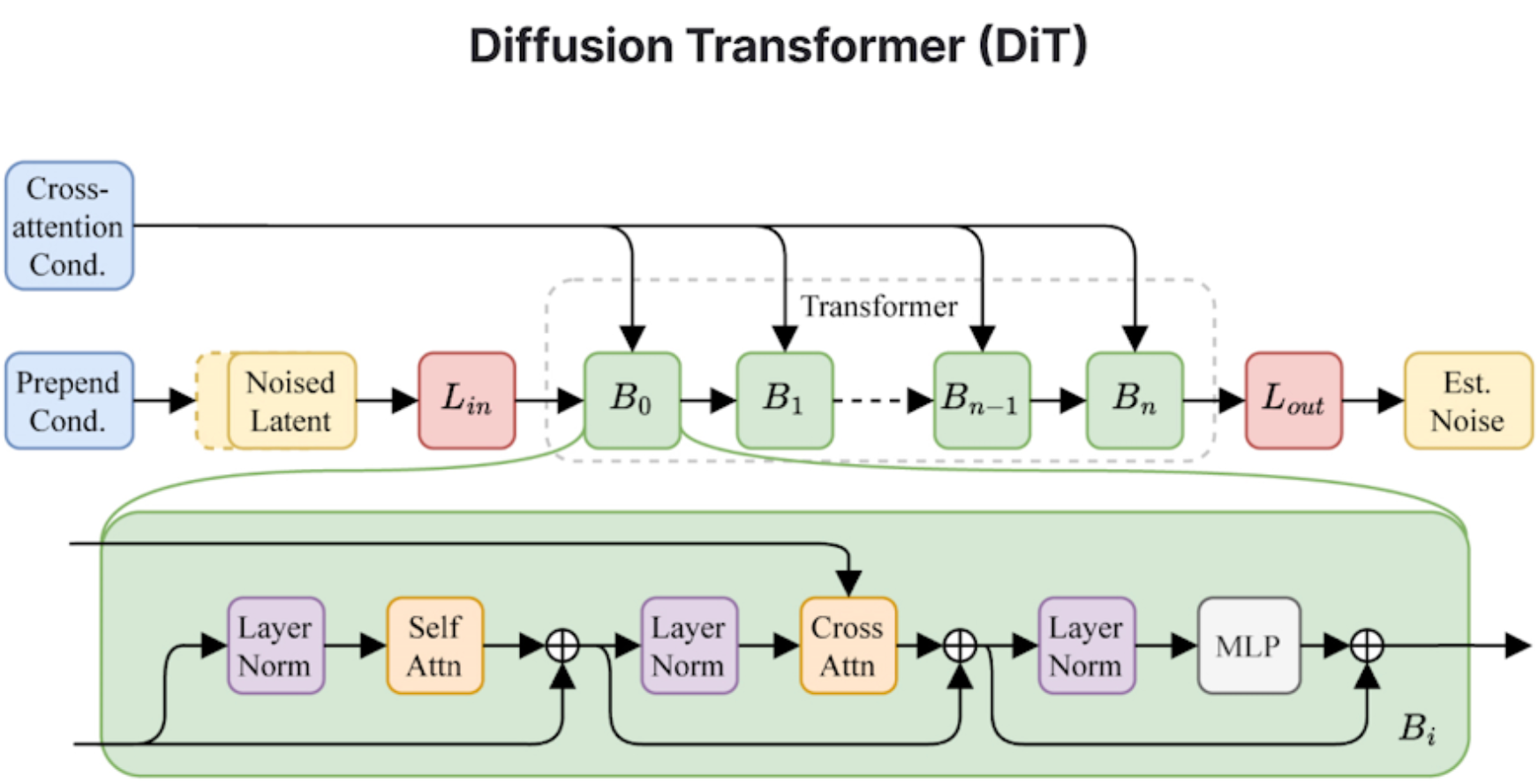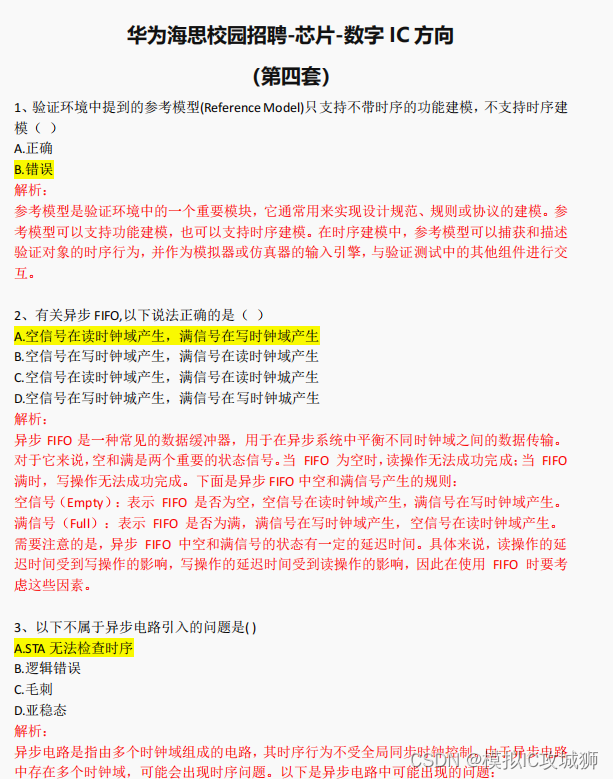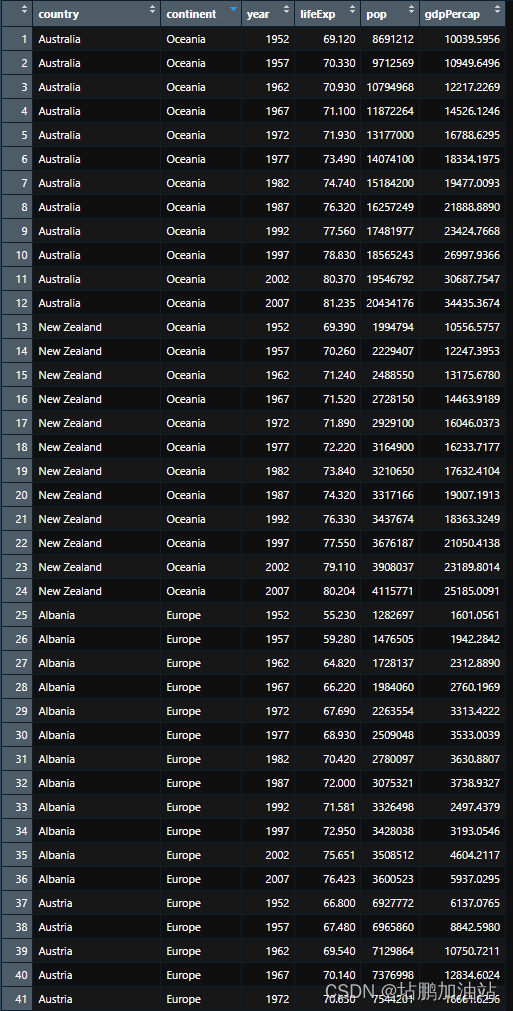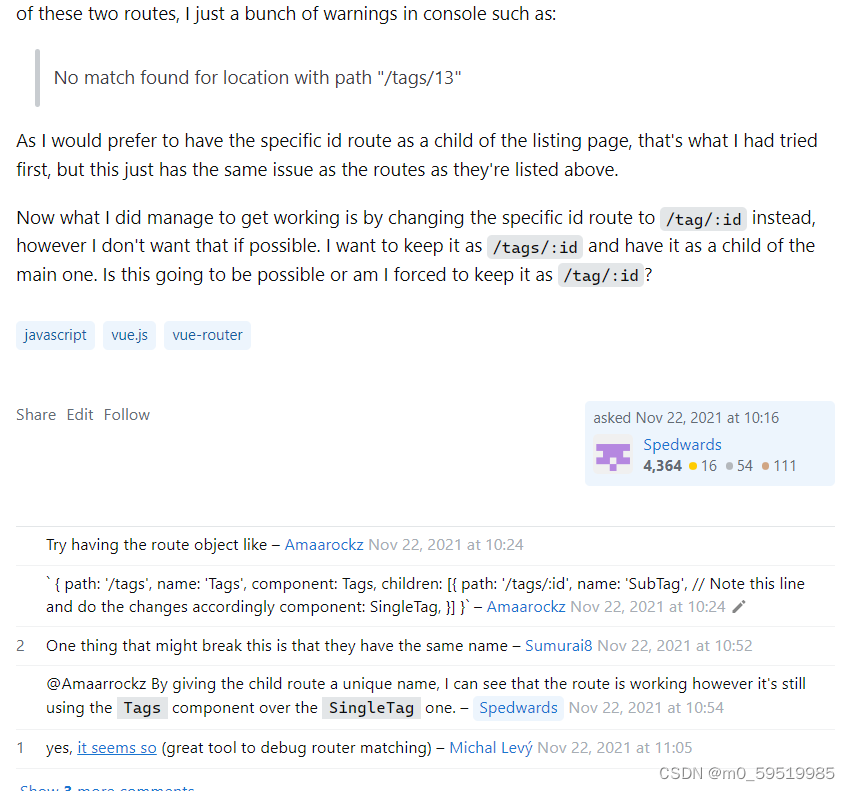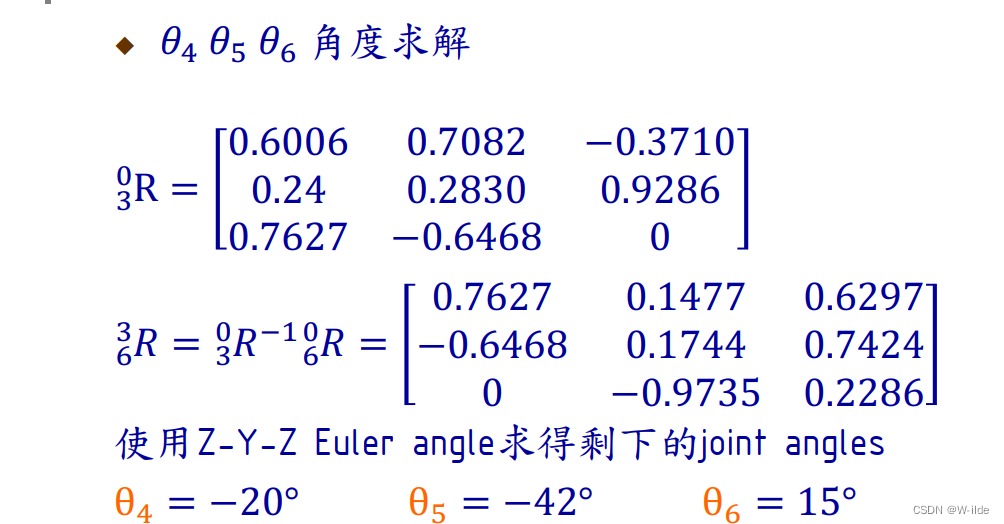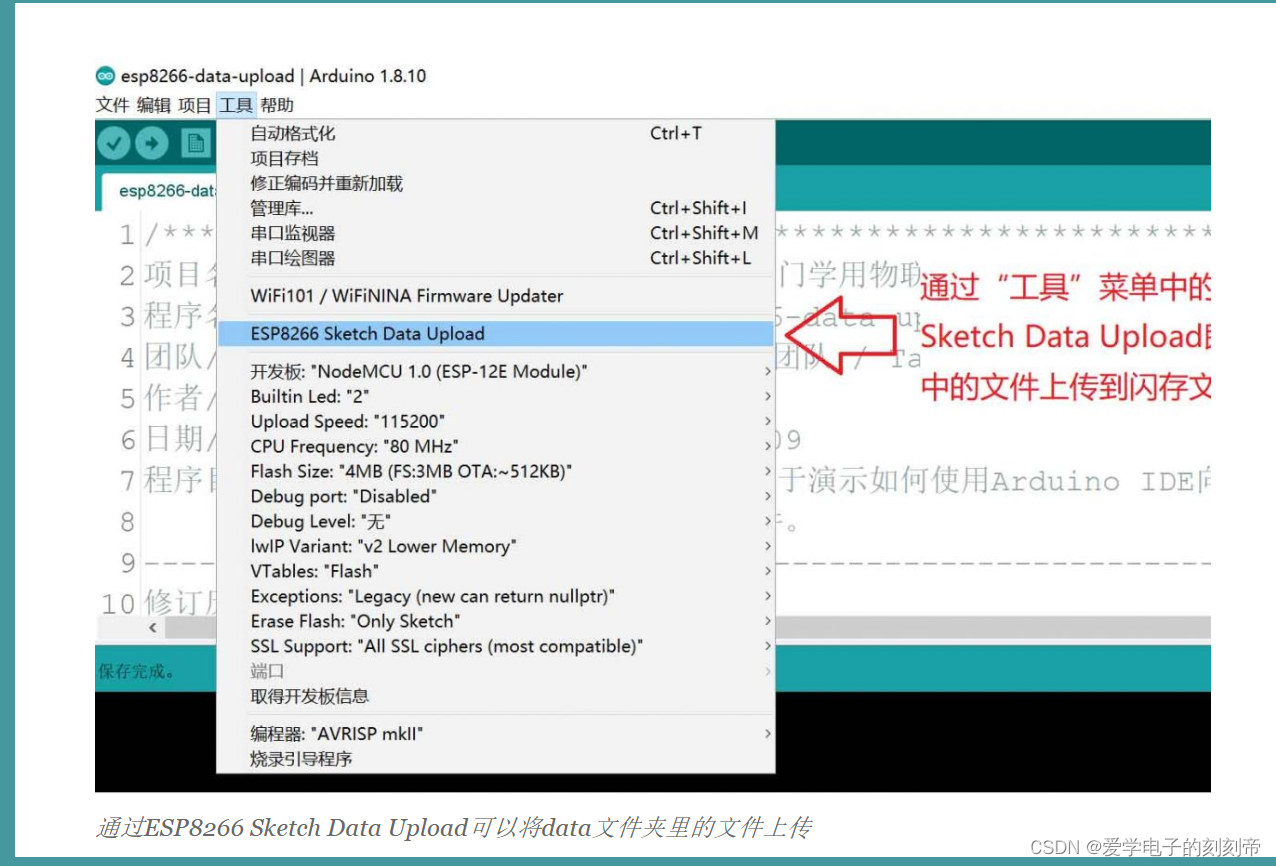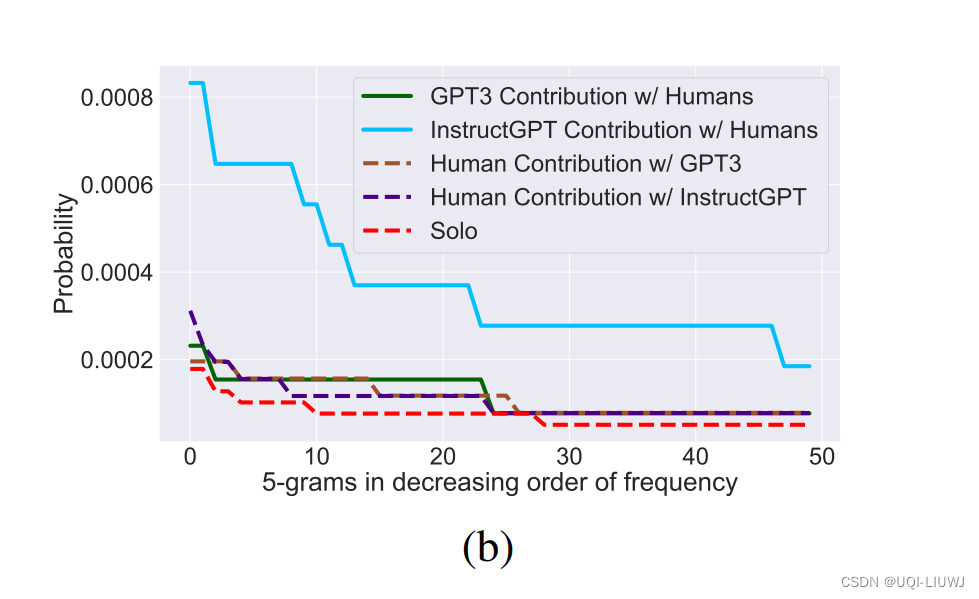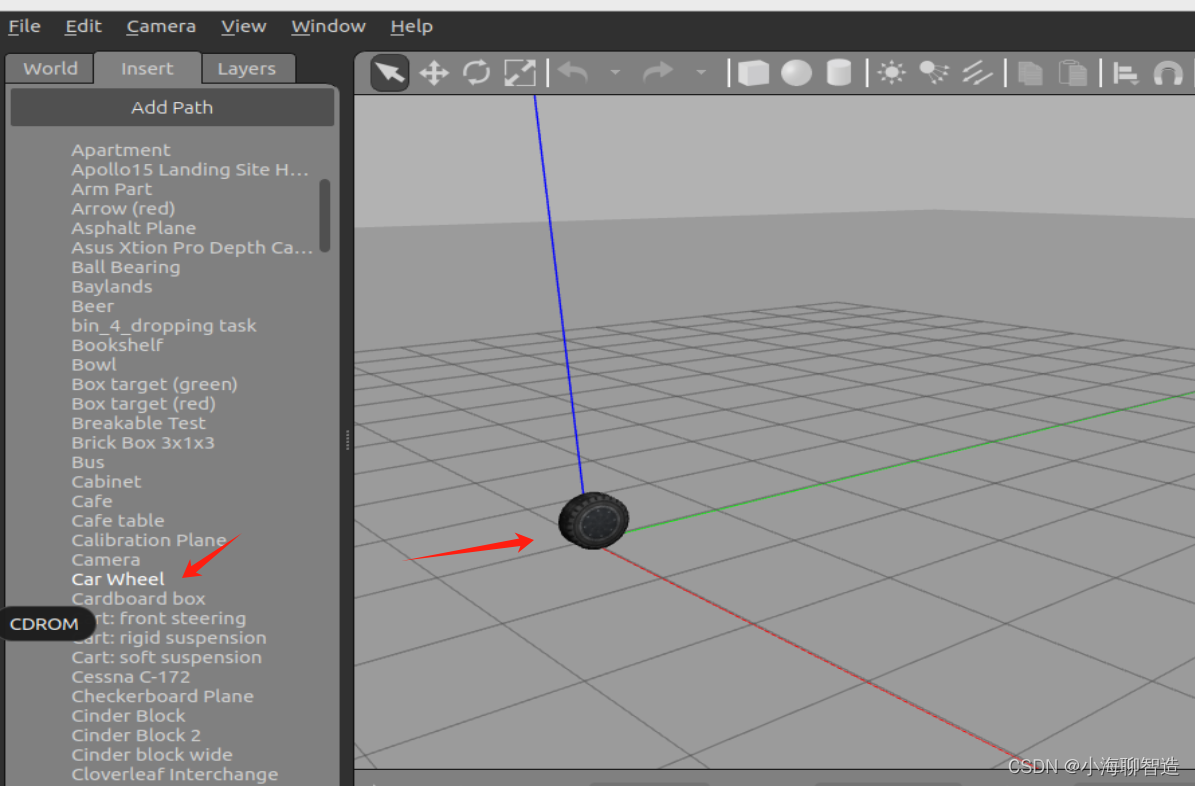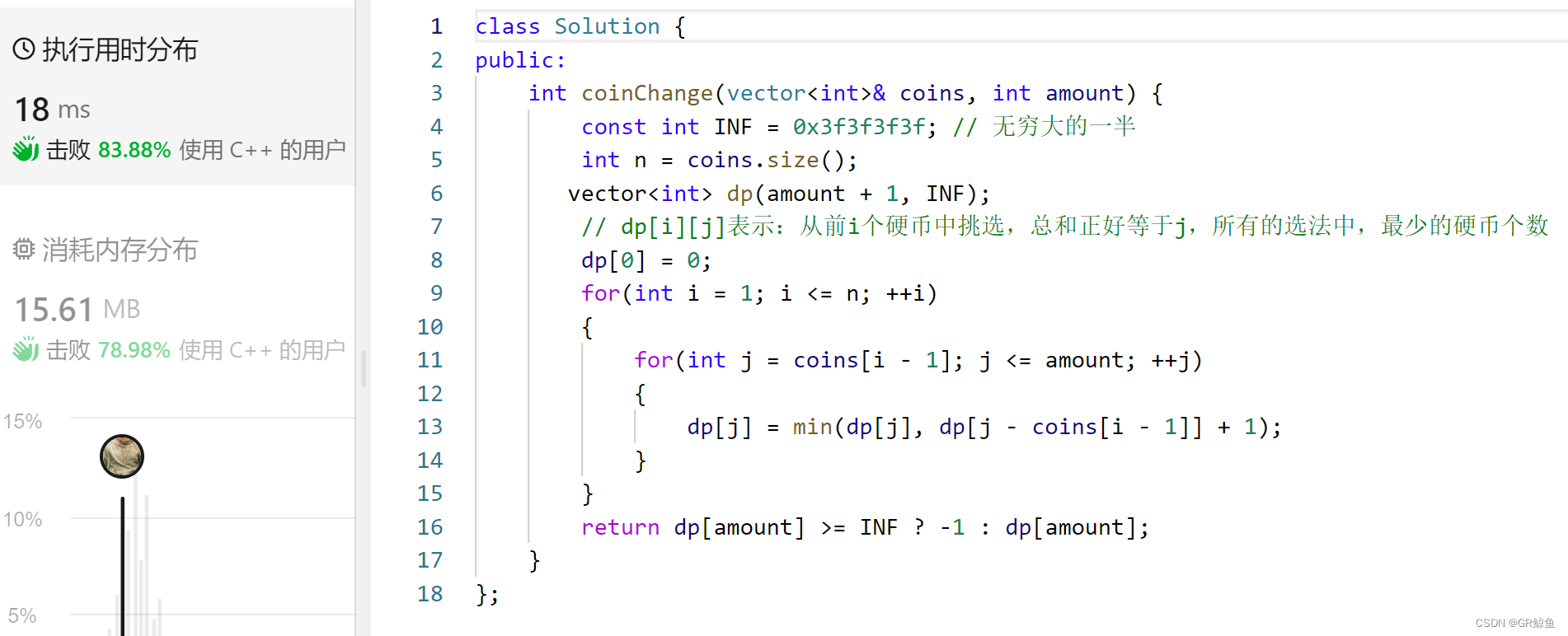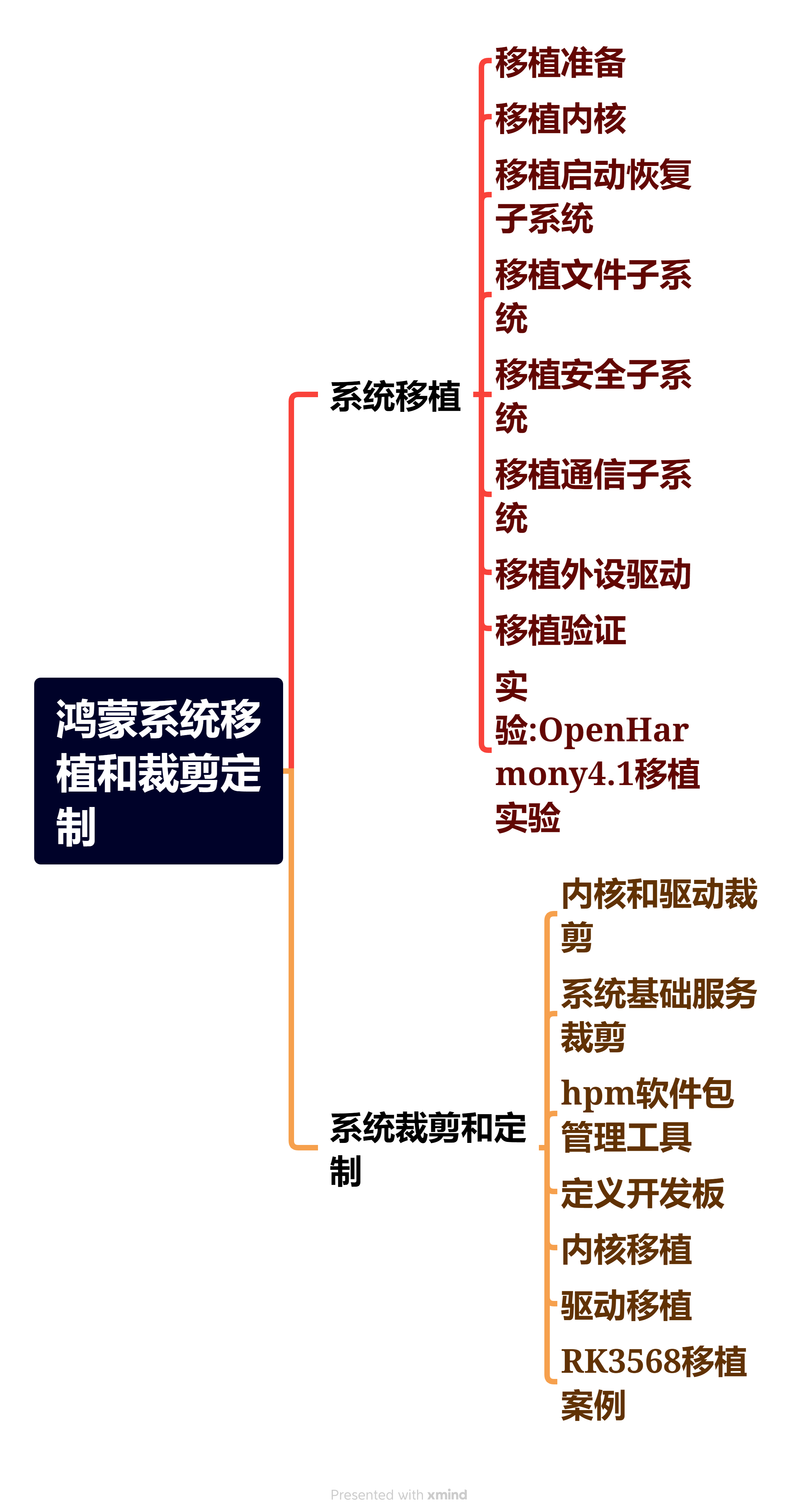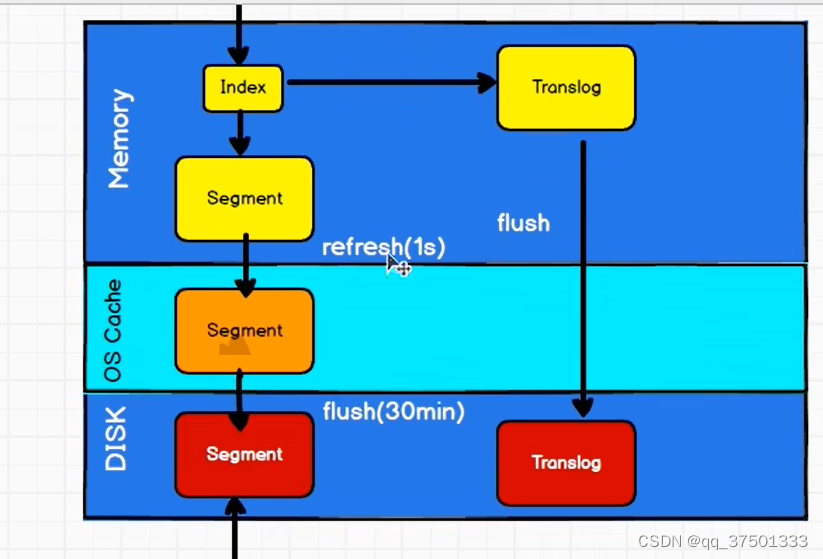Create a 16-bit wide, 9-to-1 multiplexer. sel=0 chooses a, sel=1 chooses b, etc. For the unused cases (sel=9 to 15), set all output bits to '1'.
Expected solution length: Around 15 lines.
译:
创建一个16位宽的9对1多路复用器。Sel =0选择a, Sel =1选择b,等等。对于未使用的情况(sel=9到15),将所有输出位设置为'1'。
预期解决方案长度:大约15行。
个人解法:
module top_module(
input [15:0] a, b, c, d, e, f, g, h, i,
input [3:0] sel,
output [15:0] out );
always@(*)begin
case(sel)
4'b0000: out = a;
4'b0001: out = b;
4'b0010: out = c;
4'b0011: out = d;
4'b0100: out = e;
4'b0101: out = f;
4'b0110: out = g;
4'b0111: out = h;
4'b1000: out = i;
default : out = 16'hffff;
endcase
end
endmodule
官方解法:
module top_module (
input [15:0] a,
input [15:0] b,
input [15:0] c,
input [15:0] d,
input [15:0] e,
input [15:0] f,
input [15:0] g,
input [15:0] h,
input [15:0] i,
input [3:0] sel,
output logic [15:0] out
);
// Case statements can only be used inside procedural blocks (always block)
// This is a combinational circuit, so use a combinational always @(*) block.
always @(*) begin
out = '1; // '1 is a special literal syntax for a number with all bits set to 1.
// '0, 'x, and 'z are also valid.
// I prefer to assign a default value to 'out' instead of using a
// default case.
case (sel)
4'h0: out = a;
4'h1: out = b;
4'h2: out = c;
4'h3: out = d;
4'h4: out = e;
4'h5: out = f;
4'h6: out = g;
4'h7: out = h;
4'h8: out = i;
endcase
end
endmodule
运行结果:

